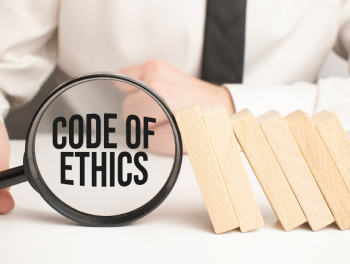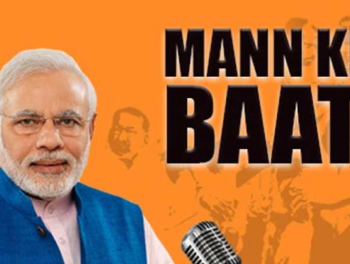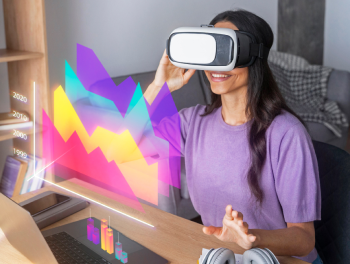
BLOG
HOME/BLOG

PUBLIC RELATIONS IN MODERN WORLD
In today’s time and era, public relations is defined as a strategic communication process that builds mutually beneficial relationships between organizations and their publics. Traditional public relations practices still play a vital role in strategic campaigns and branding initiatives; but, the digital era has brought with it new distribution methods and measurement technologies that allow public relations professionals to track campaign results in real time.
There are different subfields of public relations, such as crisis communications, reputation management, marketing communications, corporate communications, internal communications, community relations, media relations, and so on.
Modern times need modern communications. While we have plenty of examples of PR campaigns that used modern solutions, one of the best was the full-of-surprises campaign of Stranger Things Season 4, launched a couple of weeks before the release date. It was packed with OOH posters, events, short series, activations and more. The highlight of the campaign was an event where famous landmarks around the world were lit up in upside down colors. The PR team managed to break the Nielsen Streaming record for Stranger Things, as people watched 7 billion minutes of the series in just a week after the release.
Clearly, technology hasn’t eliminated the need for public relations, it has given the profession a greater ability to build communication between organizations and their target public.
THE DIGITAL AGE, 2020 AND BEYOND
Since we no longer watch the news on TV at 9 and then switch it off to see stars from the patio, it’s hard to identify where marketing and communications begin and PR ends. Today, everything is integrated, so a customer is likely to see an advertisement while accessing the weather and immediately before searching up reviews for the new coffee shop that opened nearby.
Talking about the transition, we need to address the elephant in the room – the pandemic. COVID-19 created a difficult climate for all businesses, including the financial sector. To remain in the competition, the biggest asset management companies adopted and put into practice the new digital techniques. As the situation halted traveling, the client-facing staff was forced to operate remotely and communications went digital.
The media was no exception. Major networks witnessed a dramatic increase in viewership. These outlets gave rise in the demand for advertising. Businesses needed a way to reach their target audience, and one of the many reliable options was to explore the digital world. While this presented a difficult situation for media relations, the increased visibility has also made it profitable.
DEVELOPING A CONTENT AND DISTRIBUTION STRATEGY
Content creating strategy is an in-house strategy to build PR from the ground up by implementing digital resources. To build a strong and effective brand image, businesses need to have a strong content creation strategy to attract more clients in addition to the attention of the media.
Next comes content distribution. Due to limited time and bandwidth, publishers are becoming more receptive to outside contributors’ through leadership content. This extends the opportunity to increase the presence of your content outside personal social media, website, and email distribution lists. Alongside, significant news organizations have syndication partners, allowing ideas to reach a wider audience. The visibility and overall influence of thought leadership could be increased by publishing original content in trade journals and national news.
THE INTERNET OF THINGS…OF SORTS
A sophisticated digital strategy is another component to increase brand awareness. An influential publication may include a “backlink” to your article when they publish your work, and this is a crucial element for your Google ranking. When a well-known publication links to your website, Google’s SERPs shows your website higher. Initially, SEO’s technical expertise was heavily incorporated into marketing efforts. It has altered in the modern digital era of PR and Google’s capacity to comprehend internet information. Search engine optimization, public relations, and digital tactics must be integrated.
Even if the train seems to go a bit too fast, PR professionals find themselves balanced for a moment on one foot. They will continue to shape the future of the industry. Want to know how? We’ll share in our next blog!








